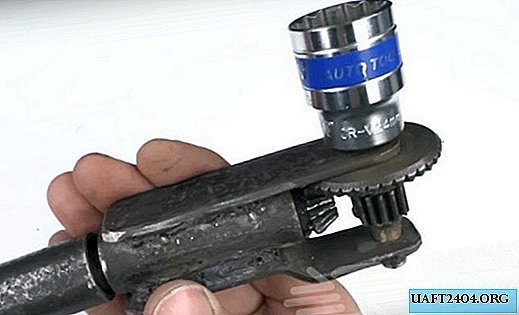Share
Pin
Tweet
Send
Share
Send
The antenna is made of two 0.5 liter beer cans, fastened with four M5 screws with two nuts on each to a wooden plank. To get inside the cans with bolt fastening, a U-shaped technological window is cut with a knife at the top of the cans, then it is unbent. After installation, the technological windows are bent to their original position, and from below the cans are pierced with an awl through 1 hole, which protects the cans from the accumulation of rainwater. The gap between the banks is 5 centimeters.

On the back side of the strip, a jumper made of a piece of aluminum wire is fixed to the most remote bolts from the center (wire diameter 3 mm.), Bent by an accordion. Old disks that serve as reflectors are fixed to the same bolts. In the disks, it is first necessary to drill (burn through) a hole with a diameter of 5 mm. We connect the TV cable to the bolts that remained free. We fix the entire structure on a wooden stick of circular cross section (possibly a cut of the handle from the shovel). We fix this stick with a metal clamp to any structure. If necessary, the antenna can be rotated with this mount for tuning. To make a weather vane, you need to take a 1.5 liter PET bottle, cut off the bottom, fragments of arbitrary shape were cut in the front part (for better blowing). The tail is made of a plastic label for clothes.

A hole was made in the cork of the bottle and, through a bolt and nuts M5, a propeller taken from a children's toy was fixed. If desired, it is easy to cut from thin sheet metal, sheet aluminum. The weather vane is fixed at the end of a round stick in the middle of the bottle with a long screw. This antenna showed excellent results when receiving a signal, and also with its help you can constantly determine the direction and strength of the wind. It is located in the country and performs another function of scaring away birds to protect the crop from peeling. During the wind, the propeller makes sounds that frighten the birds.
Share
Pin
Tweet
Send
Share
Send











